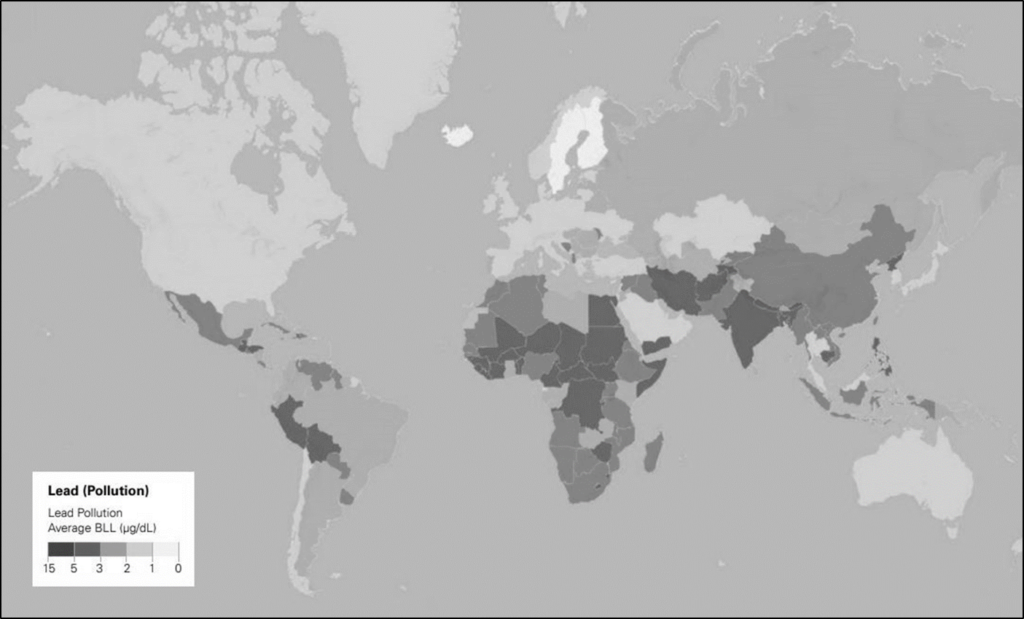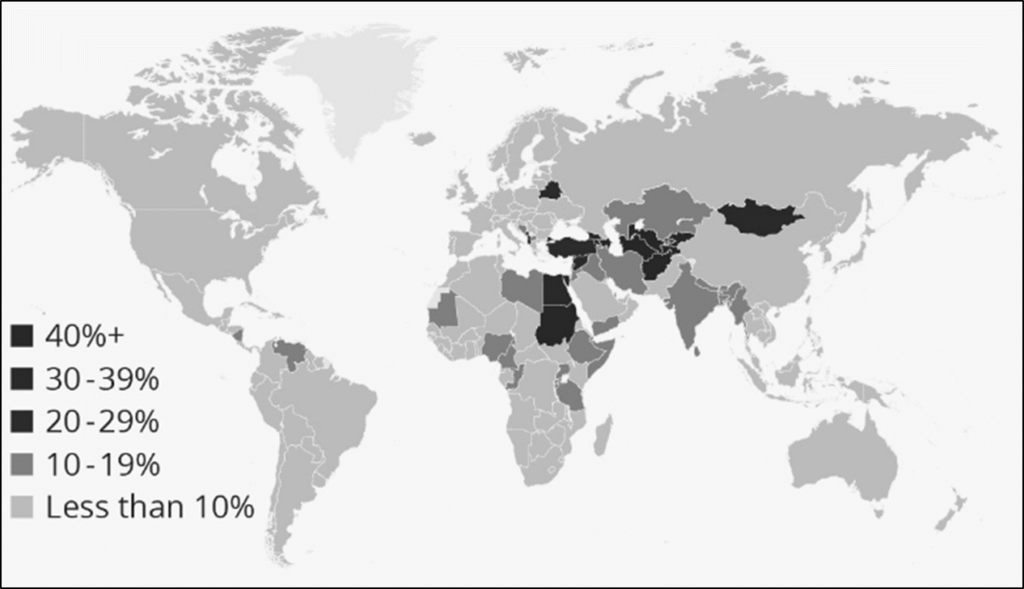The 17th G20 Summit recently concluded in Bali, Indonesia. It was a much-awaited event that created quite a buzz. The heads of the 20 wealthiest nations came together to make essential decisions on global issues. Apart from all the politics, the summit focused on three main issues: global health architecture, smooth energy transition, and global economic recovery. We tried to analyze these agreements against some ground facts and figures that directly challenge these decided growth parameters. Let’s assess them one by one.
Theme 1: Climate Change and Smooth Energy Transition
The Commitments: The participating leaders underlined the urgency of energy diversification and transition. Plans to facilitate energy security, market stability, and resilience are on the way based on respective national circumstances and capabilities. Moreover, on the climate front, similar affirmations were made regarding the effective and complete implementation of the Paris Agreement on climate change, before the G20 Summit. Nevertheless, a few ground realities contradict these declarations.
Challenges:
Climate change and smooth energy transition bear a deep co-relation with each other, and so do the hurdles related to them:
- Looming energy crisis in Europe: The dwindling geopolitical situation in Eastern Europe has wreaked havoc on Ukraine and the rest of the world. The worst of it is yet to come next year when Europe will bleed for energy and strive to meet its basic needs by reinforcing some of its dependence on non-renewable resources. The same goes for the rest of the world, which is now reeling from the aftereffects of this crisis in Europe.
- The Never–Ending Saga of Energy and Industrial Decarbonisation: The energy sector currently contributes to 73 percent of global GHG emissions. Renewable energy resources only account for 2 percent of global primary energy use. IEA’s last NZE (Net Zero Emissions) scenario underscored the need to dramatically reduce industrial carbon dioxide emissions if the energy sector needs to meet its 2050 targets. Heavy industries like cement and chemicals pose the biggest roadblock, as do steel, especially in emerging and developing countries. IEA’s NZE scenario suggests some interventions that may be implemented at the end of the next 25-year capital investment cycle. If executed rightly, it may prevent approx. 60 gigatons cumulative CO2 emissions. A lot of technologies are either super-expensive or impractical for reducing heavy industry emissions, but let’s hope that innovative technologies based on CCUS and hydrogen will solve them in the coming decades.
- Dwindling Carbon Budgets: The carbon budget is the total amount of CO2 that humans can still emit without deviating from the target of limiting global temperature rise by 1.5 degrees Celsius by the end of this century. The latest IPCC report stated that starting from 2020, our remaining carbon budget to control global temperature rise under 1.5 degrees Celsius is 400 billion tones, which means the world will run out of it by the end of this decade if we continue with our current levels of emissions.
- No Scale for Measuring a Country’s Success/Failure In Meeting Its Climate Change Agreements: No specific scale or parameter exists to measure a nation’s success or failure in meeting its committed targets. Most research conducted to check the level of adherence by a particular country was ducked by respective governments. Also, the nature of problems is different for developed and developing nations, and so are national policies and strategies for combating climate change and smooth energy transition. Nevertheless, none of these differences can alter the fact that this planet will reach a devastating state within 78 years if drastic measures aren’t taken on every level.
Theme 2: Global Health Architecture
Commitments: The G20 Summit leaders stay committed to a sustainable planet recovery as several parts of the world still battle COVID-19, and WHO has declared monkeypox as another emerging pandemic. The nations plan to come together to improve national health systems, response capabilities, preparedness, and prevention strategies. They all agreed to strengthen global health governance and extended their support to INB (Intergovernmental Negotiating Body).
Challenges:
- Continuing Challenge of COVID-19: IMF estimates that the global cumulative loss will reach US$ 13.8 Trillion by 2024. The pandemic pushed back the SDGs (Sustainable Development Goals) by decades across the globe. Apart from the loss of life, it increased the woes of disadvantaged people by rising child labor rates, the lower female ratio in schools, higher risks of early marriage, the explosive increase in gender-based violence, and approx. 6% increase in the Gini coefficient of inequality in under-developed and developing countries. This trend will continue to harass the global health standards for years to come, threatening the well-being of a large part of the population.
- Insufficient Funding For Global Health Challenges: Since the onset of the pandemic, the funding for global outbreak response and climate change mitigation has decreased by leagues. The higher spillover of infectious diseases and loss of biodiversity has escalated the threats of more pandemics leaving global healthcare systems vulnerable and ill-prepared. The Center For Global Development reports that recent modeling shows that the chances of the next worldwide pandemic within the next 25 years have gone up by 47-57 percent in the last 2-3 years.
- Lack of information Among Policymakers: Currently, most policymakers worldwide have nil information on most viable health services, COVID-19 procurement prerequisites, investment in novel pathogen tracking systems, etc. There is a dire need to strengthen national and regional level health interventions, products, and technological developments for quality healthcare assistance to those who need it most.
- Lack of Access and High Mortality Rate In Low and Middle-Income Nations: Despite all efforts, initiatives, and global drives, millions await access to life-saving medicines, basic health amenities, and healthcare services. People living in low and middle-income countries have a 1.5 times higher chance of succumbing to antimicrobial resistance than their counterparts in developed nations.

- High Rate Of Lead Poisoning Across the Globe: According to UNICEF, approx. 800 million children are annually affected by lead poisoning all across the globe. It has a fatal effect on their health, learning capability, and normal growth. The brain damage caused by lead exposure is irreversible, and even the minutest levels of exposure can have a critical effect on children. Despite all agreements and reaffirmations, no concrete support has been mobilized to date for the remediation or mitigation of lead poisoning in low and middle-income nations.

- Medical Device Biases: Though it is a pandemic bred by the Western part of this planet, it has brutally affected all parts of the world. Medical device biases have been found in all kinds of medical equipment and examinations ranging from newborn bilirubin examination to intensive care respirator masks and AI healthcare systems.
Theme 3: Global Economic Recovery
Commitments: In the wake of all ongoing crises and post-pandemic effects, the G20 Summit economies agreed to control the rise in interest rates to control inflation, increase volatility in the currency markets, and keep emerging economies safe from huge capital outflows. They also plan to keep the fiscal stimulus measures “targeted and temporary” due to rising financial burdens on governments and financial institutions worldwide. Lastly, they underscored the need for creditors to share the “debt” burdens of middle-income countries and keep them from deteriorating further.
G20 Summit Challenges:
- Russia-Ukraine Conflict: Till last year, Russia and Belarus supplied 40% of global potash exports. In comparison, Russia alone accounted for 48% of ammonium nitrate exports, and together, Russia-Ukraine supplied 28% of nitrogen-phosphorus-based fertilizers and potassium. Not only this, but the war also increased fuel prices and the raw materials needed for fertilizer production. The loophole left by the lack of fertilizers leaves a good part of crops vulnerable. Also, Russia-Ukraine accounted for 30% of global wheat exports, which are now standing at a standstill.
- As reported by the UN, these deficits have forced 1.7 billion people in developing nations on the brink of food insecurity, debt burdens, and more suffering. No economy can recover, albeit growing, with a lack of food and good produce. Most low- and middle-income governments exhausted their reserves in battling the COVID-19 pandemic and are currently under huge debts. As the World Food Programme predicted in one of the reports mentioned above, 49 million from 46 nations are at risk of collapsing to famine-like or full-fledged famine in the coming years.

- Economic Slowdown and recession: The aforementioned complications are bound to pave the way to economic uncertainties in 2023. Experts predict a global economic slowdown accompanied by a recession in mainstream markets. The U.S., EU, and UK will witness sharp interest rate hikes by their respective central banks, declining the chances of recovery and growth in developed and emerging markets.
- Increasing natural calamities across the globe threatening food security: All the latest climate change models indicate a higher frequency of extreme weather conditions in the coming year. Currently, they are at the sporadic stage, but it is expected that these may begin to happen more synchronously and for longer periods. Remember last summer in Europe when the winds stopped for weeks, and the plans to harness wind energy went astray? That’s a small example of what may happen in the long run. Severe droughts and heatwaves across India, China, the US, and Europe this summer were another example of how extreme things might go. And the frequency of these calamities is about to set up on the path of destitution, retarded growth, and more loss of life and resources. Agreements and reaffirmation don’t look so reassuring now, do they?
G20 Summit: Final Word
Conflicts, food insecurities, natural calamities, and rising inflation: none of these are new to our world. But the current nature of problems calls for something more than reaffirmations and agreements. As a civilization, we need to showcase some serious restraint, the ability to look over our personal needs, and work for the future of the complete world as a whole. There is no room for “ifs” and “buts” here, just an urgency to act and improvise to save the best of our world. The G20 Summit alone can’t resolve it, but adapting and adopting sustainable means and understanding of founders and owners of conglomerates, business houses, and different nations can be helpful.
What Can Stellarix Do For You?
In the wake of the developments mentioned above, complications, and affirmations, every major sector is bound to undergo serious changes in lieu of its respective SDGs. As an experienced and expert market researcher and consultancy, Stellarix can hold your hand while transforming your business in a more technically sound and sustainable direction. We can help you plan, strategize, execute, and maintain a foothold in your respective genre.